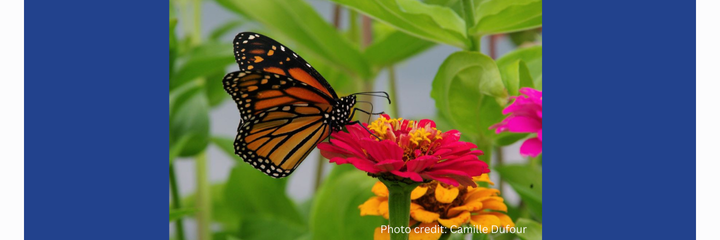
Flowers for the Flight: The Importance of Fall Plants to Monarch Butterflies
As the breeding season for birds wraps up in the prairies, keen observers can turn their eyes to another flighted critter that sticks around into fall- the Monarch butterfly.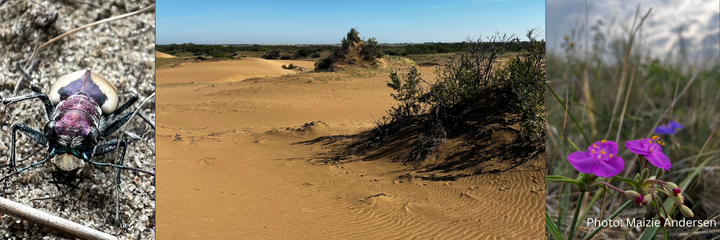
What's in Saskatchewan's Sand Dunes? Highlights from Fieldwork in Douglas Provincial Park
As the field season wraps up I’ve been reflecting on the places I've been and the things I've seen.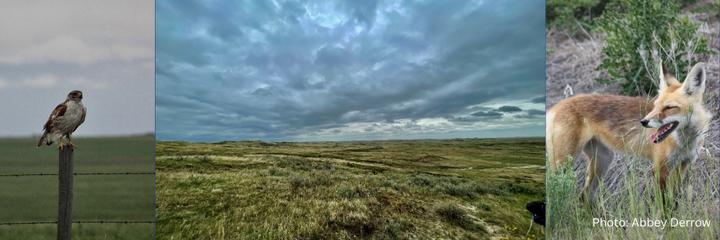
Voices from the Field - Bird Species at Risk Crew
Hey there! I’m Abbey, one of the Habitat Stewardship Assistants for the Bird Species at Risk crew along with my field partner, Ty. Since this is my first year working for Nature Saskatchewan, I really didn’t know what this summer would bring, but I can assure you that it has surpassed my expectations in all ways possible.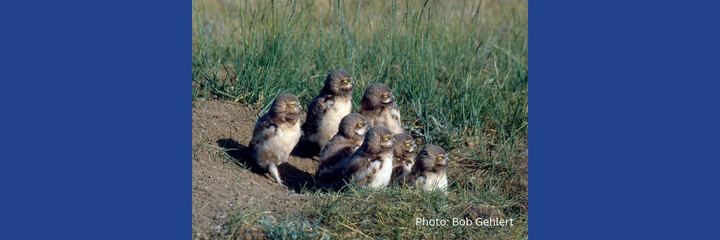
Tiny Talons on the Move-A New Generation of Burrowing Owls Appears
The middle of July marks the end of an important milestone in the life cycle of a Burrowing Owl and the beginning of another. For the past several weeks, juvenile owls have been tended to and fed by their parents.
Young Loggerhead Shrikes are Taking Flight Across the Prairies.
Summer is underway, meaning young at-risk Loggerhead Shrikes are out taking their first flights across the prairies. This is the perfect time to watch the clumsy young practice their flying and hunting skills, and help monitor their population and distribution across Saskatchewan.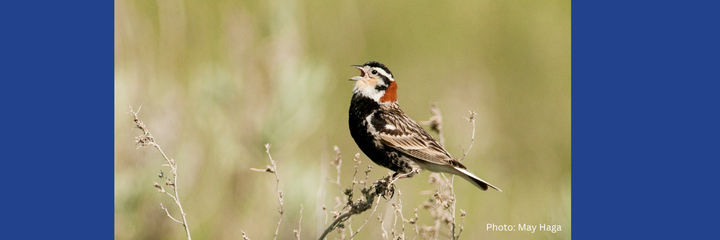
Vanishing Voices of the Grasslands-Spotlight on the Endangered Chestnut-collared Longspur
If you are out working, hiking, or birding this summer in grassland areas, keep your eye out for one of our most colourful prairie bird species- the Chestnut-collared Longspur!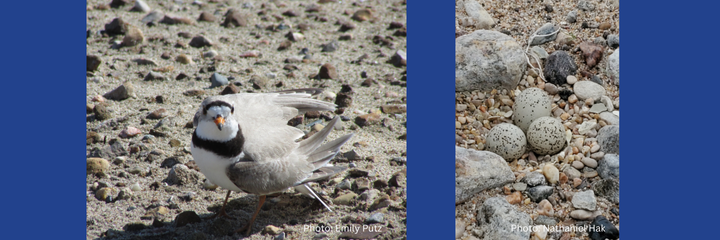
Plovers on the Shore: Piping Plover time has come again
With summer right around the corner, the beach has been calling to us…and to Piping Plovers! Similar to most of us in the warm months, these shorebirds love to hit the beach.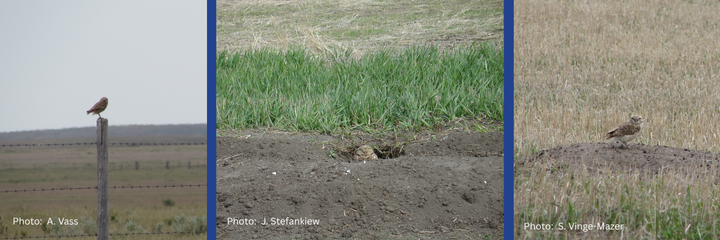
An Oddity in the Owl World: The Burrowing Owl’s Unique Nest
After a long journey from the American Southwest and Mexico, Burrowing Owls have finally arrived at their summer home on the prairies.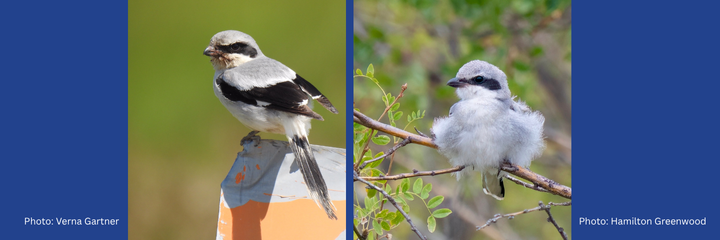
A shriek in the cemetery: Loggerhead Shrikes, our macabre songbird
Spring has sprung! With the return of the warmer weather our favourite birds have also arrived; ready to start their breeding season on the prairies.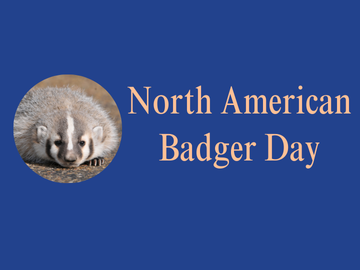
Celebrate Badger Day with a Badger Beer!
May 1st 2025 marks the first annual North American Badger Day, a new initiative to celebrate the American Badger (Taxidea taxus), an unsung hero of Canada’s grasslands.
1-10 of 10
